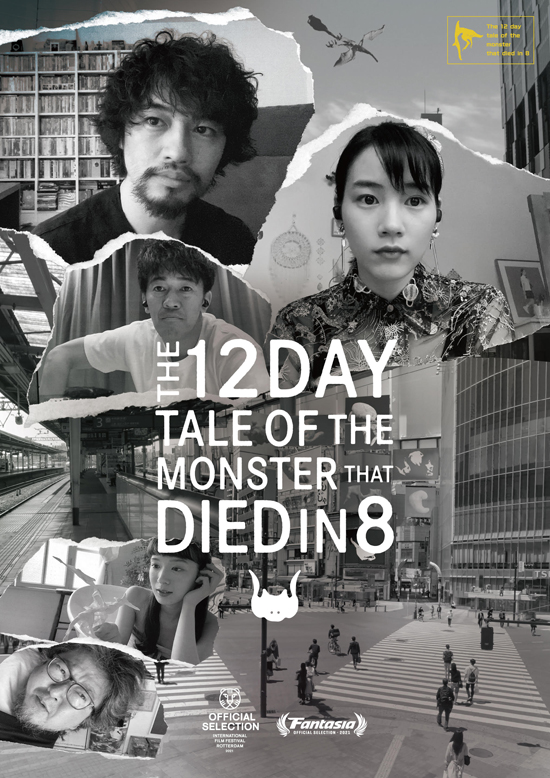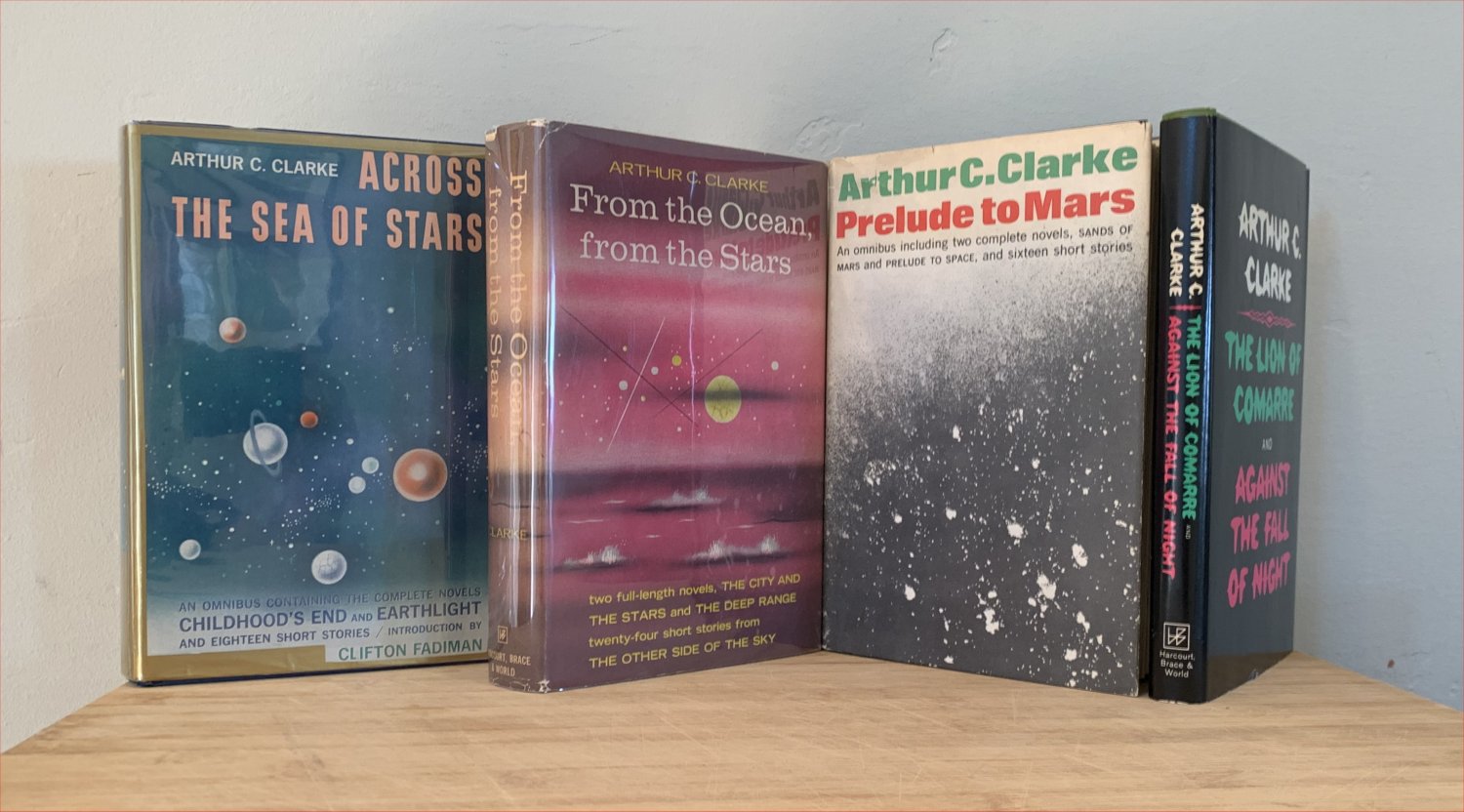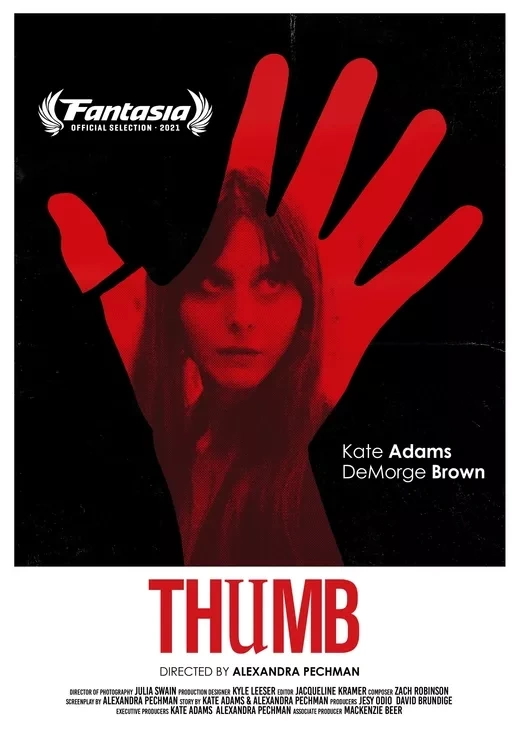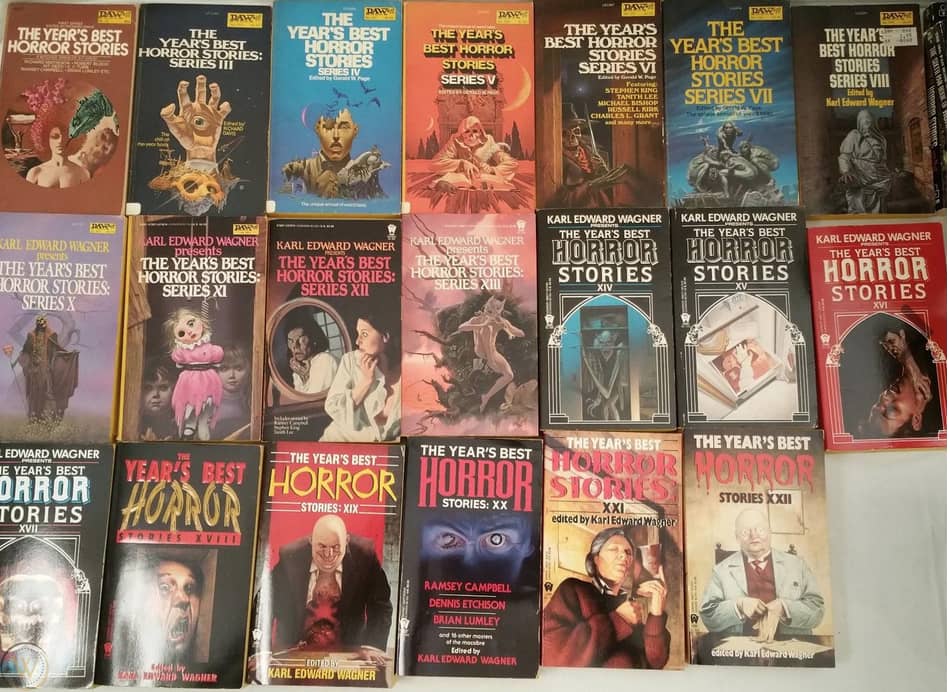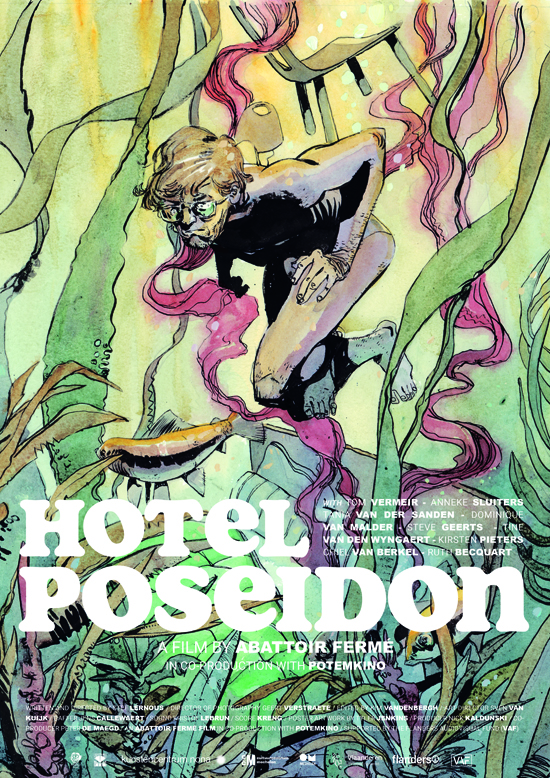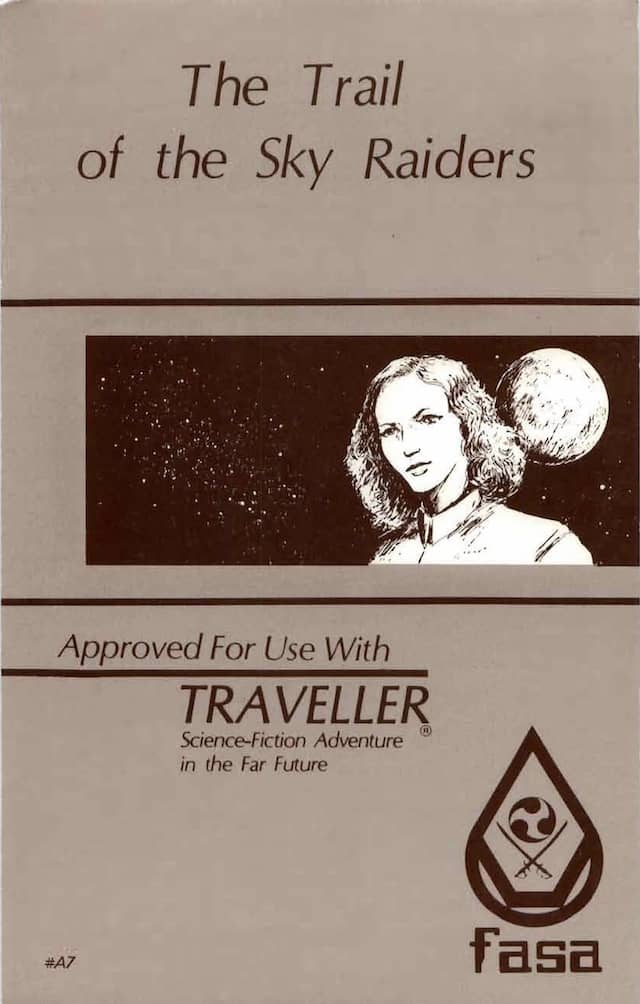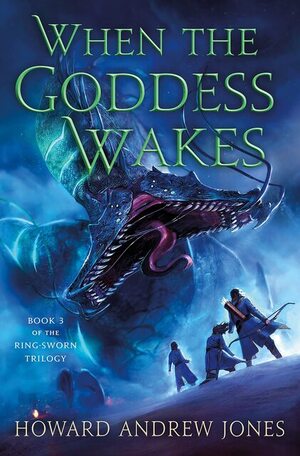 When comes my numbered day, I will meet it smiling. For I’ll have kept this oath.
When comes my numbered day, I will meet it smiling. For I’ll have kept this oath.
I shall use my arms to shield the weak.
I shall use my lips to speak the truth, and my eyes to seek it.
I shall use my hand to mete justice to high and to low, and I will weigh all things with heart and mind.
Where I walk the laws will follow, for I am the sword of my people and the shepherd of their lands.
When I fall, I will rise through my brothers and my sisters, for I am eternal.
Pledge of the Altenerai
And with When the Goddess Wakes, Howard Andrew Jones’s Ring-Sworn Trilogy comes to a rousing conclusion. Perhaps the series’ greatest asset is its completion. In one two-and-a-half-year span — complete with a plague — all three books have appeared and that’s it, there ain’t no more. I waited six years between installments of Glen Cook’s Black Company, and millions of people have been waiting ten years for the next volume of A Song of Ice and Fire (good luck with that). Jones got in and got out, producing three tightly-plotted and -paced novels. For that alone, as a reader I say, “Thank you!” But there’s more to it than that.
The first book, For the Killing of Kings (2019) introduces the Altenerai, a corps of superior warriors complete with magical talents. They are dedicated to protecting the five realms of the Dendressi from forces magical and mundane. Just as it is discovered that a kingdom-destabilizing conspiracy leads right to the Queen, the five realms are invaded by the Naor, a brutal barbarian horde. Less than a decade earlier the Naor were almost victorious. This time around, most of the greatest Altenerai are missing or dead, and it seems as though only a pair of young Altenerai and a few veterans are ready to stand against the Dendressi’s enemies. That book ends grimly, with death and destruction and what seems certain victory of both the Naor and the Queen.
Upon the Flight of the Queen (2019) {That’s two books in one year, folks! It can be done.} begins right where the previous book left off, with death and destruction continuing apace. The Naor march on the capital, Darassus, and the Queen’s plot to resurrect a long lost goddess in order to create a utopia is revealed. Each promises destruction for the Dendressi. Both are thwarted, but the Queen escapes with every intention of carrying out her plan.
…
Read More Read More

